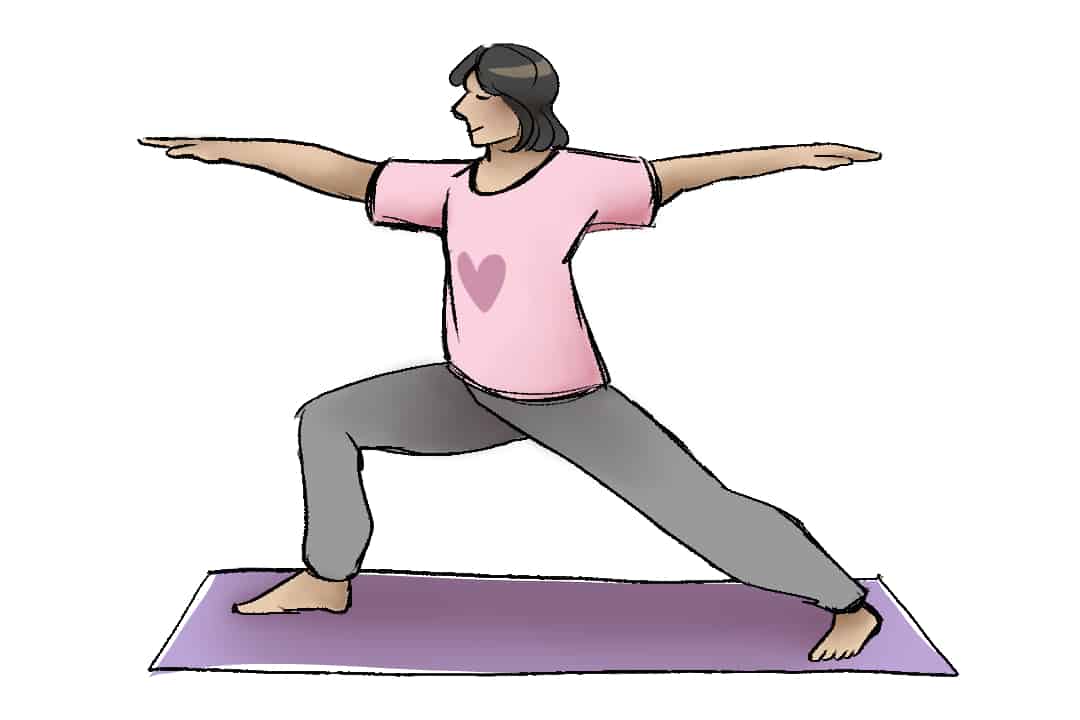Millions of people all over the world practice yoga, from professional Olympic athletes, to NBA players, to university students, to spiritual gurus. Even some corporate employees practice yoga right in their companies’ boardrooms.
Scientific research backs the immense popularity of yoga as physical exercise, emphasizing its ability to improve the overall quality of life. Studies that compare yoga with other physical exercises, such as running, walking, dancing, and stretching, show its superiority in reducing stress, improving blood glucose levels, decreasing physical exertion, and relieving symptoms associated with depression and anxiety.
What escapes from the mind of many, however, is that yoga is not only a physical exercise. In its original conception — and as it continues to be for many Hindus — Yoga is a philosophy and a way of life.
A brief history
Yoga, in translation from Sanskrit, means “the union of mind and body.” This is a state of being to embody not just on the mat, but also in every aspect of our lives. With millennials’ screen time as high as 11 hours per day, we are facing a stark separation between the body and the mind, which leads not only to physical and mental health problems but also to the duality of our perception, Maya.
Maya is a crucial concept in Yogic philosophy for Hindus and Buddhists that literally translates to “illusion” — a misperception of the world from what it really is. In modern conception, Maya can lead to discrimination. Because racism and other social inequalities can stem from living in this illusionary perception of our separateness from others and the universe as a whole, I believe Yoga can also be a tool for battling our own unconscious biases.
Each posture, known as an asana, is designed to direct breath flow through Ida and Pingala nadis. These are the left and right energy channels, respectively.
Indeed, before you get down on your mat, it is important to mention that yoga is primarily a breathing practice. The very first postures of yoga were the seated meditation poses. Only thousands of years later, in the fifteenth century, Nath Yogi Swatmarama compiled the Hatha Yoga Pradipika — the most influential text for the development of modern Hatha Yoga — outlining 15 postures. Despite the gained importance of the physical aspect and the emergence of purely fitness-orientated variations such as Power Yoga, yoga remains a breathing practice.
A foolproof pose to get you started
A great pose to start with is the tree pose. It helps you gain strength, balance, and flexibility while also providing an excellent opportunity to bring stillness and focus into the mind through a physical embodiment of those qualities.
To come into the tree pose, stand at the top of your mat. With feet slightly apart, spread your toes. Pushing the weight into the right leg, bend the left knee. Coming to the tippy toes of the left foot, turn the knee to point sideward. Bring your hands together at the heart centre, and find one non-moving point of focus in front of you. Bring your foot to the inner side of your calf.
Once you find a sense of balance and stability, you can practice bringing your foot into the inner thigh. Avoid the knee area, and remember to keep your core engaged. Stay in the pose for five long, deep breaths. Then, come back to the original position with your feet slightly apart. Move onto your left leg, and repeat the same sequence on the other side.
No matter your reason for practicing yoga, it is important to remain respectful of its roots and remember its continuing spiritual significance in Hinduism, Buddhism, and Jainism. One great way to begin is to honour Yoga’s ancient heritage by staying true to its original focus on breath as a source of life.


